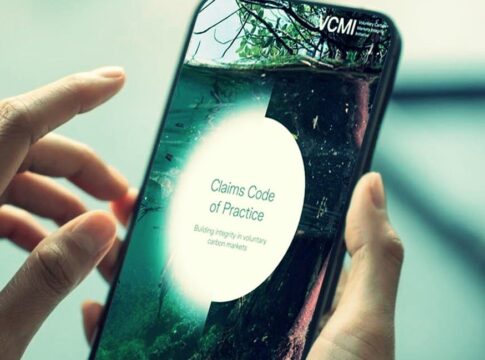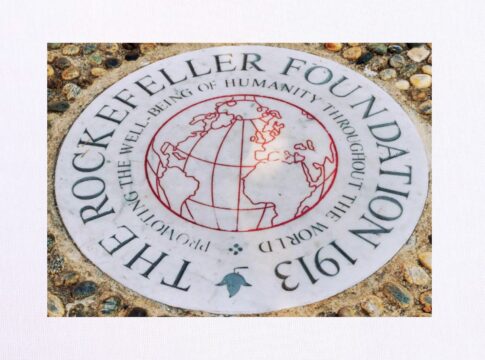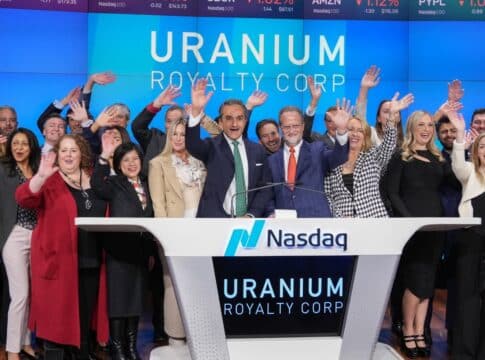VCMI Unveils New Rules for Net Zero Using High-Integrity Carbon Credits
The Voluntary Carbon Markets Integrity Initiative (VCMI) has introduced additional guidance for its Claims Code of Practice, allowing firms to make claims about their use of high-quality carbon credits.
The new guidance encompasses a Monitoring, Reporting, and Assurance (MRA) Framework, an identity mark for asserting ‘Carbon Integrity’ Claims. It’s also an initial version of an added claim, labeled ‘Scope 3 Flexibility.’
Commending VCMI’s new guidance, U.S. Special Presidential Envoy for Climate, John Kerry, stated:
“By creating sound guardrails for the use of high-quality carbon credits, the new VCMI guidance will provide strong assurance that this finance will help deliver the greater climate action we so urgently need.”
Using the new framework and the ‘Carbon Integrity’ Claims branding, companies can now make Silver, Gold, or Platinum Claims, following the original Claims Code published in June.
READ MORE: Navigating the Path to Net Zero: VCMI’s Claims Code of Practice
It empowers companies to declare their use of high-quality carbon credits, channeling financial support toward initiatives that counteract climate change. It also showcases their efforts in surpassing science-based emissions reductions.
Fast-tracking Net Zero with High-Integrity Carbon Credits
Voluntary carbon markets (VCMs), when used properly, can increase financial resources directed toward low- and middle-income economies. They can significantly aid in achieving the Paris Agreement’s goal of limiting global warming to 1.5°C above pre-industrial levels.
Estimates suggest that if companies begin investing in VCMs as part of their net zero strategies today, over $50 billion could be unlocked by 2030. This exponential growth in VCM demand is illustrated below, going beyond 900 metric tons of carbon dioxide.
Evidence indicates that companies engaging in these markets tend to be more ambitious and undergo faster decarbonization compared to those that do not.
As per Ecosystem Marketplace analysis, buyers in VCMs are 1.8x more likely than non-buyers to continually reduce their footprint.
But there’s a big catch to achieve that: voluntary carbon markets must work with integrity.
That means carbon credits must genuinely represent verified reductions and removals of emissions, complying with robust environmental and social standards. Companies should use these credits in addition to—rather than as a substitute for—decarbonization efforts in their transitions to net zero.
Claims associated with these credits must be credible and reliable. Adhering to the VCMI Claims Code, which includes the newly provided guidance, ensures the assurance of these principles.
VCMI’s Executive Director, Mark Kenber, noted the relevance and timing of the release of this new guidance. He said that as COP28 approaches, discussions about VCMs will regain prominence and that “it is important that what is discussed is the promotion of credible, and believable, climate action”.
With the new guidelines for credible claims, companies can credibly use carbon credits and be confident in doing so.
The Scope 3 Flexibility Claim
Moreover, the VCMI has launched the beta version of a new claim – the Scope 3 Flexibility Claim. It’s a practical step to hasten corporate climate action. It permits companies to use carbon credits while scaling their internal decarbonization investments and initiatives.
Once completed in 2024, this claim allows companies to be accountable for their Scope 3 emissions while moving toward their net zero goals by using high-quality carbon credits. Stringent measures are in place to ensure the integrity of this claim and prevent its misuse.
Scope 3 refers to the indirect emissions from the company’s value chain.
READ MORE: What are Scope 3 Emissions and Why Disclosure is Important?
According to MSCI Carbon Markets, about $19 billion could be mobilized if companies used the credits to fill the emissions gap between their scope 3 reductions targets and current emissions.
VCMI has established guardrails to further promote integrity in the new claim and prevent greenwashing, including:
Making the First VCMI Claims
The launch of the ‘Carbon Integrity’ brand and the MRA Framework is a significant milestone, enabling companies to initiate their first VCMI claims.
The ‘Carbon Integrity’ Claims is a distinct brand for such claims with a tagline “accelerating global net zero”. They signify that corporations are actively propelling the achievement of that goal.
The brand showcases a unique mark used across the Carbon Integrity Claims, with variations denoting the type of Claim—Silver, Gold, or Platinum.
The newly released guidelines aim to assist companies in effectively communicating their attainment of Carbon Integrity Claims.
On the other hand, the new MRA Framework serves as a mechanism for companies to substantiate their claims. Under this framework, companies provide details satisfying the Claims Code’s Foundational Criteria, setting the standard for optimal corporate climate action.
Additionally, companies must disclose essential information concerning the carbon credits used to support their claims. This information will then undergo independent verification by a third party, reinforcing the credibility of the Carbon Integrity Claims.
Consequently, the MRA Framework forms the foundation of authority that upholds the authenticity and credibility of Carbon Integrity Claims within the VCMI framework.
The VCMI Claims Code of Practice serves as a rulebook outlining how companies can ethically use carbon credits within credible, science-aligned pathways toward achieving net zero decarbonization. By establishing this guidance, VCMI aims to cultivate trust and bolster confidence in how companies participate in voluntary carbon credit markets.
RELATED: ICVCM and VCMI Team Up to Create High-Integrity Voluntary Carbon Market
The post VCMI Unveils New Rules for Net Zero Using High-Integrity Carbon Credits appeared first on Carbon Credits.



